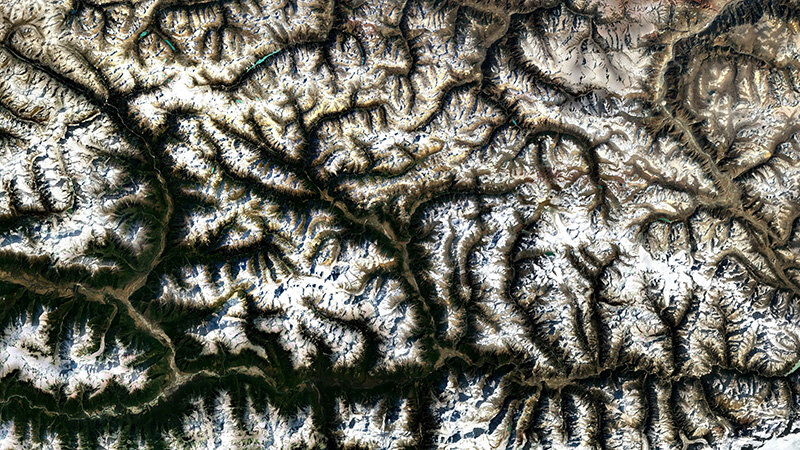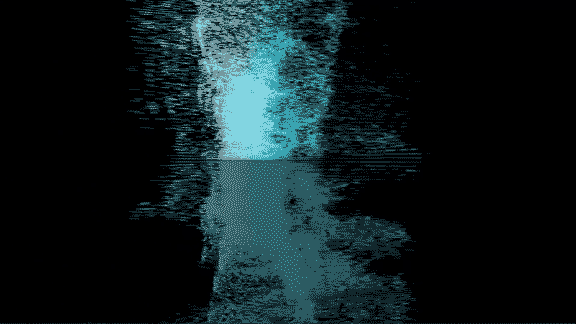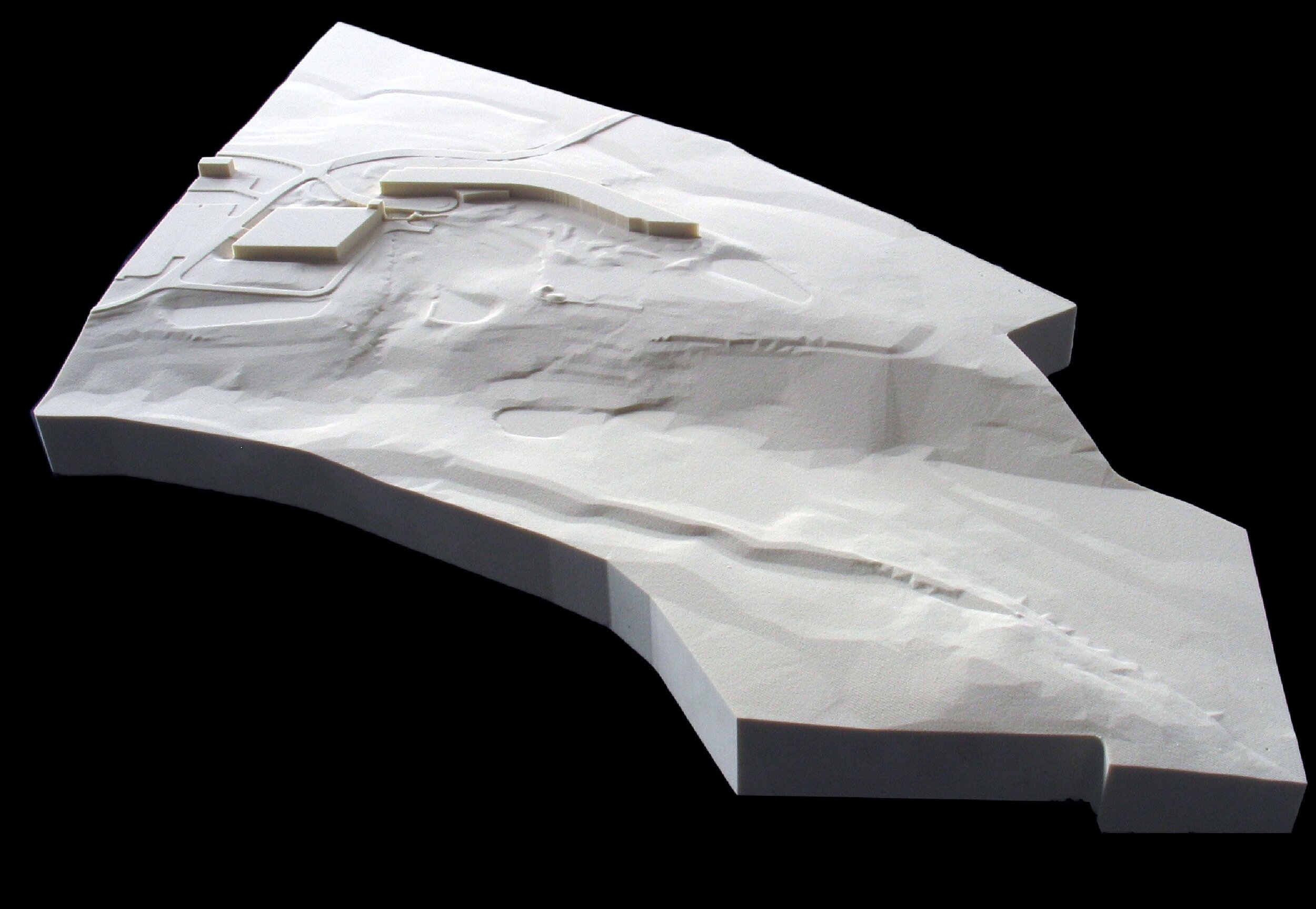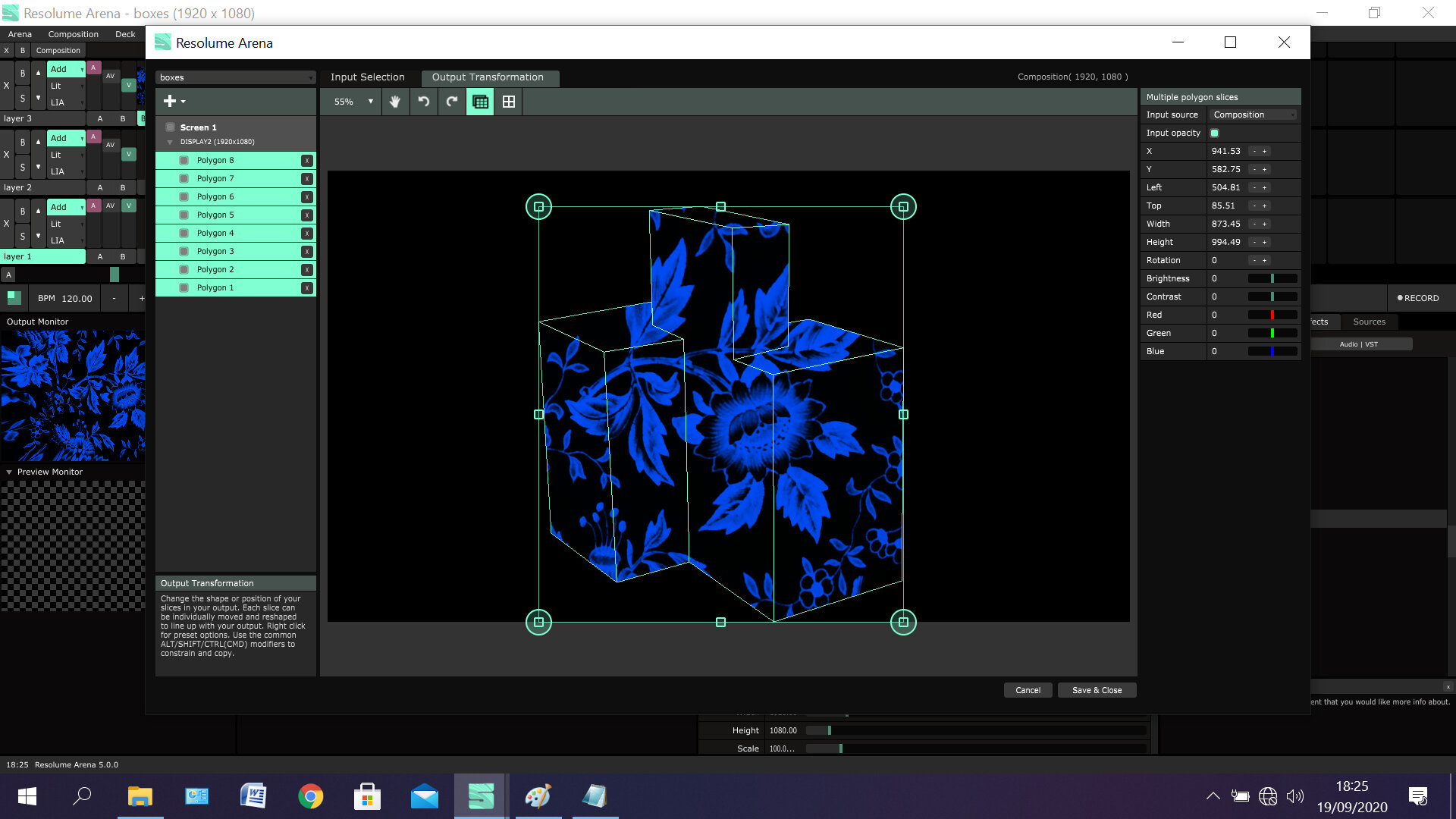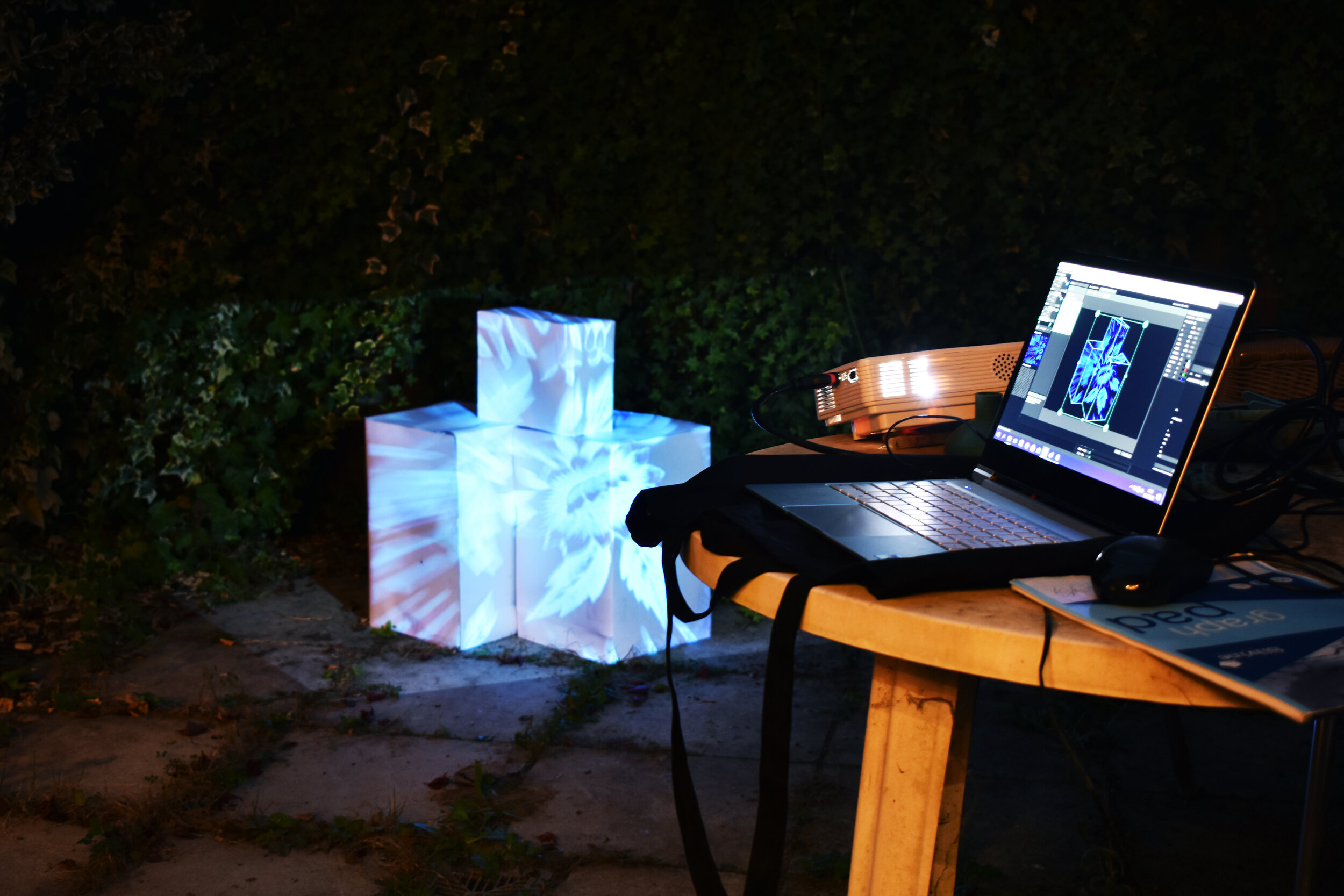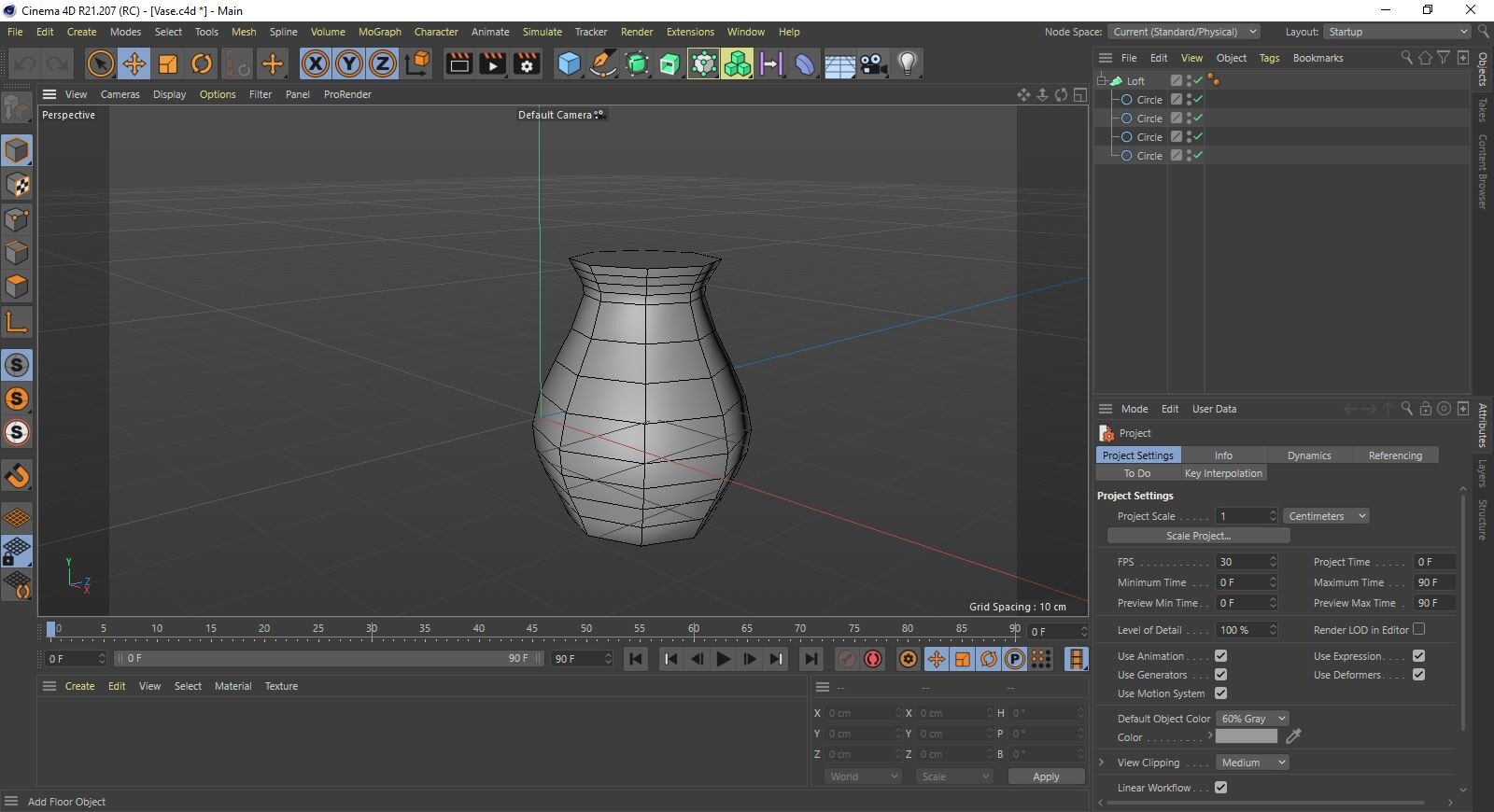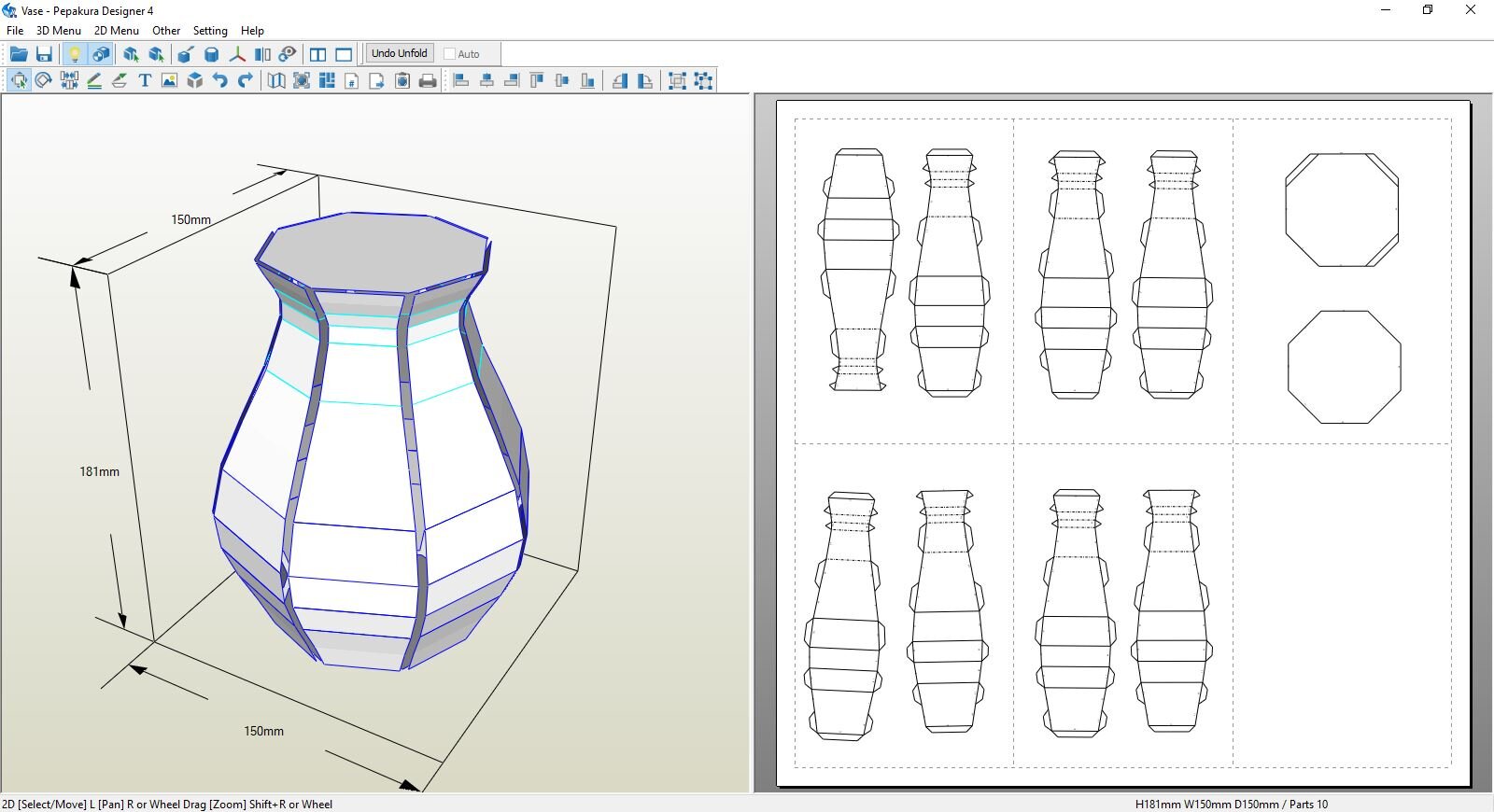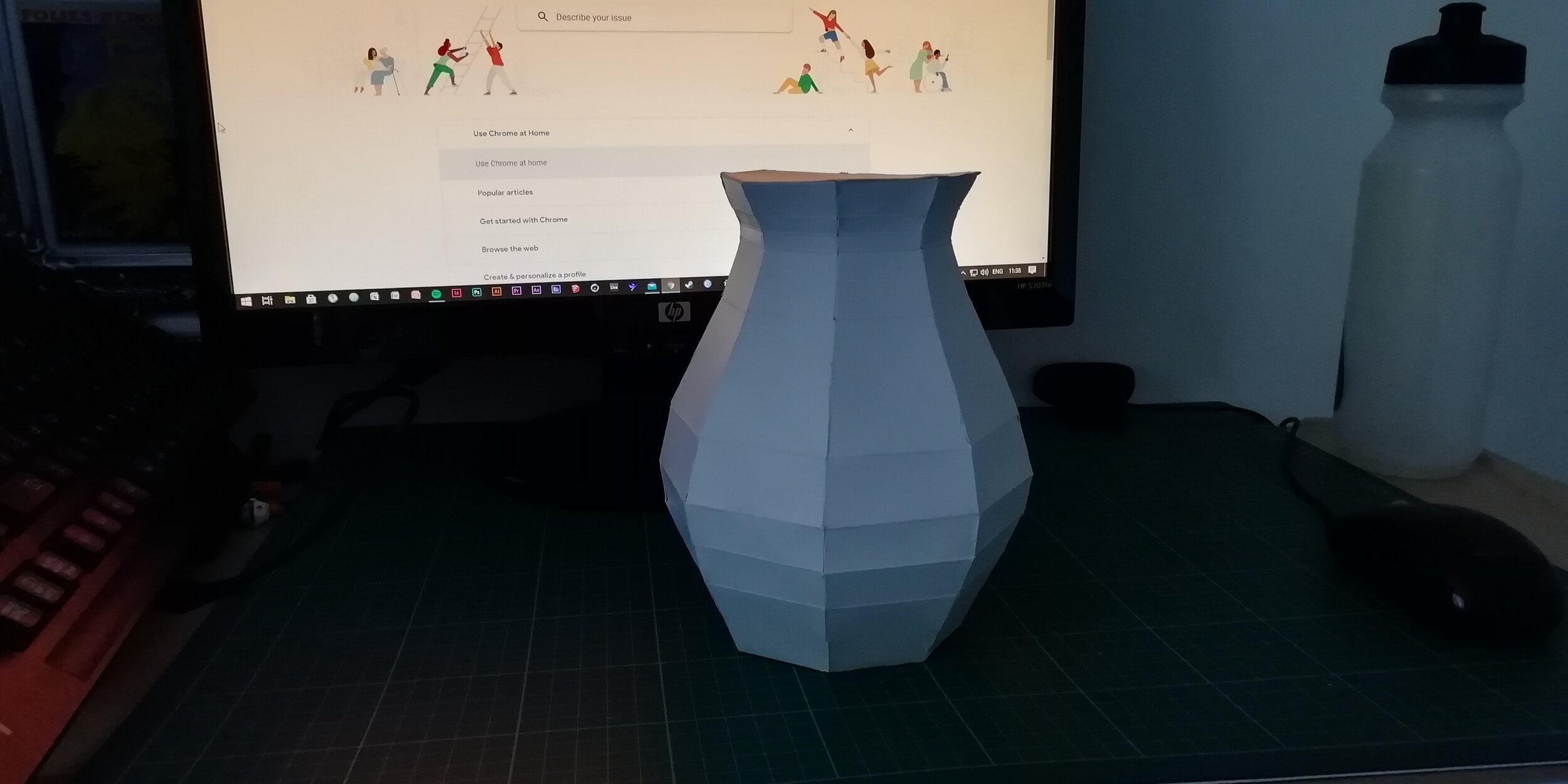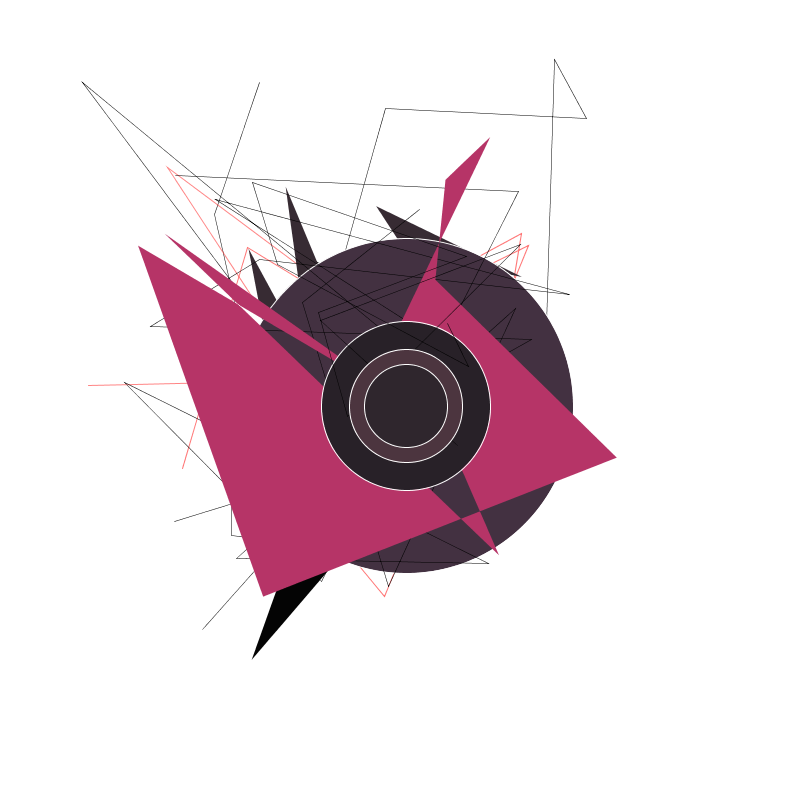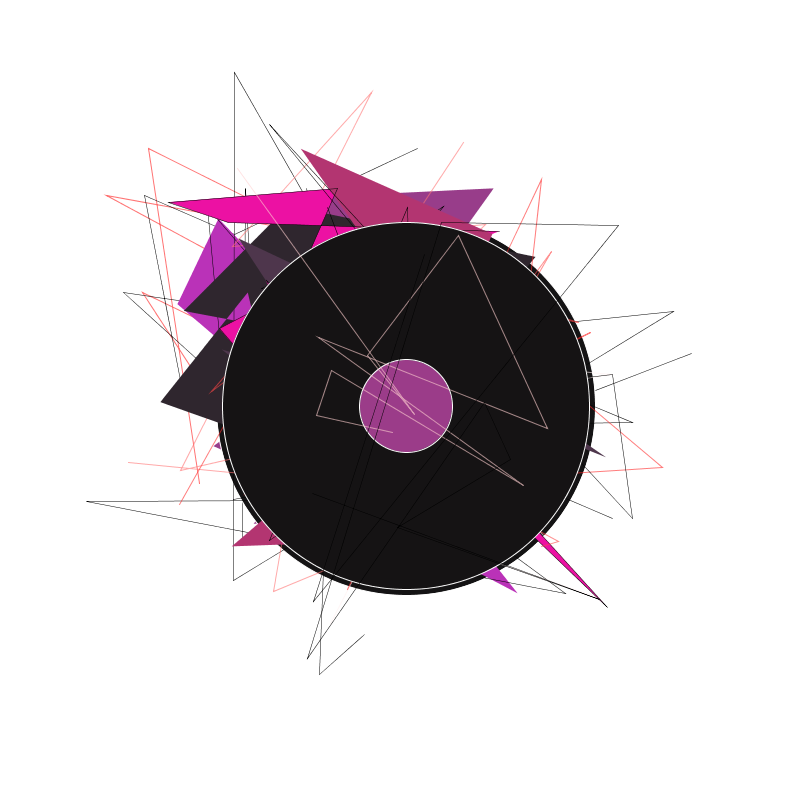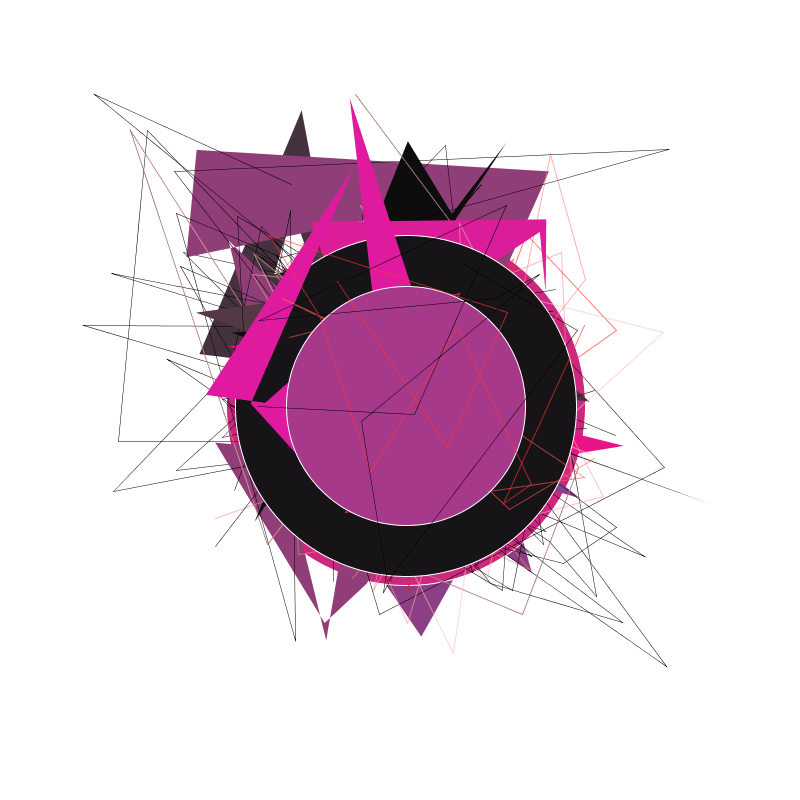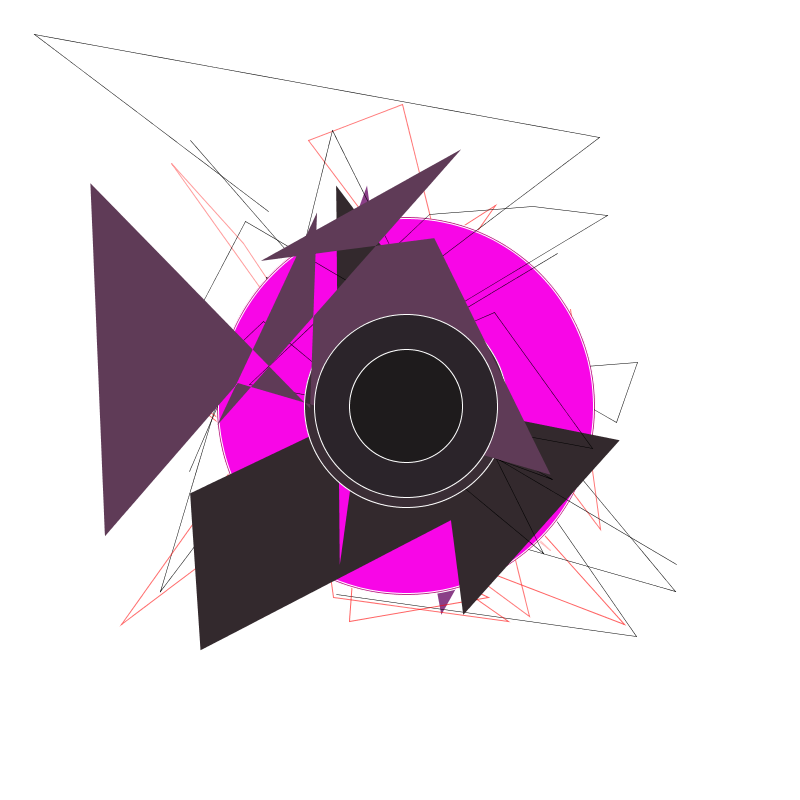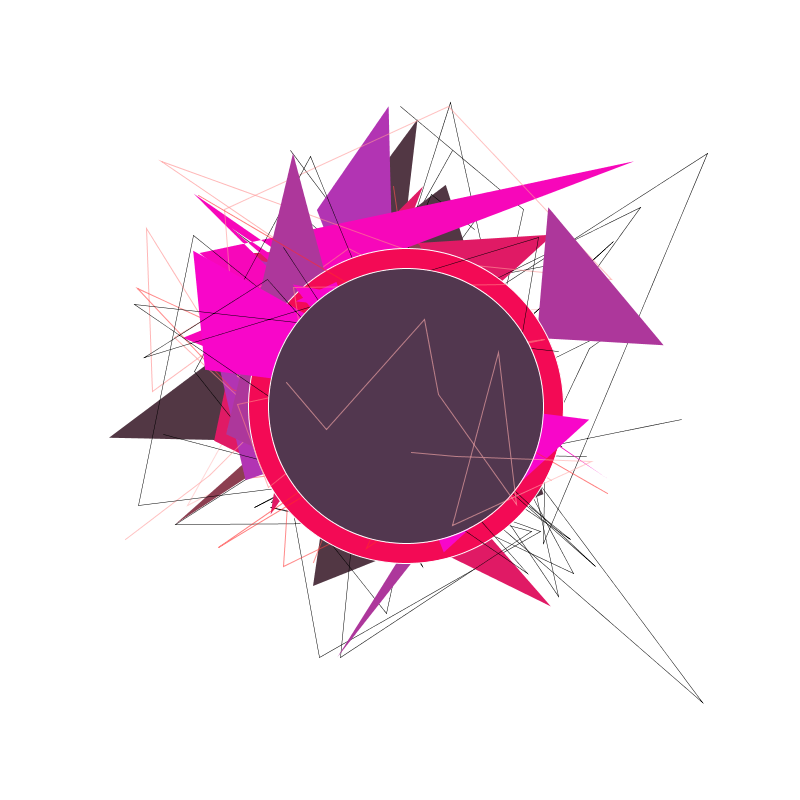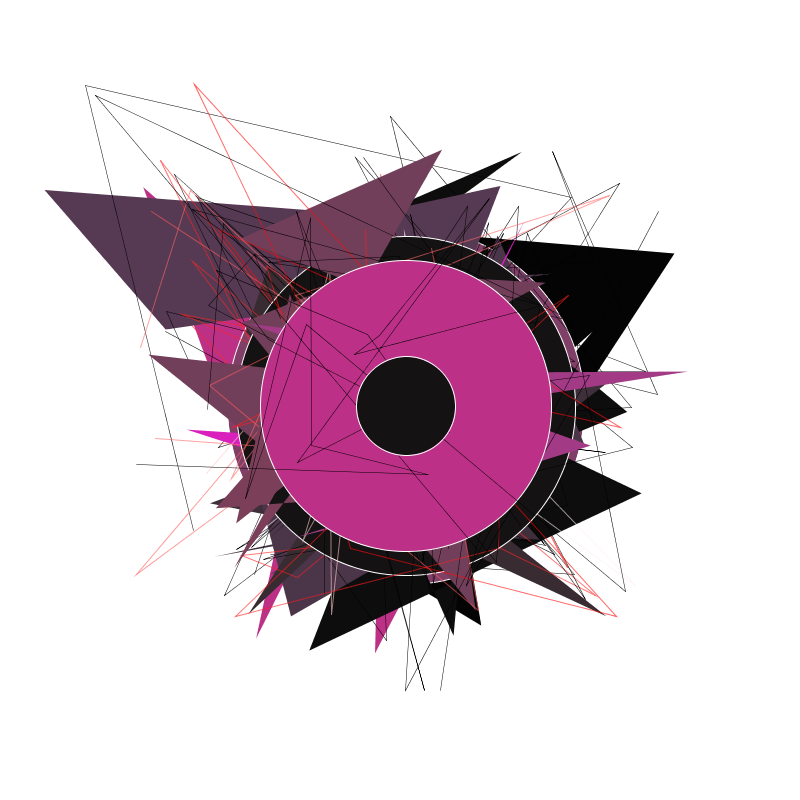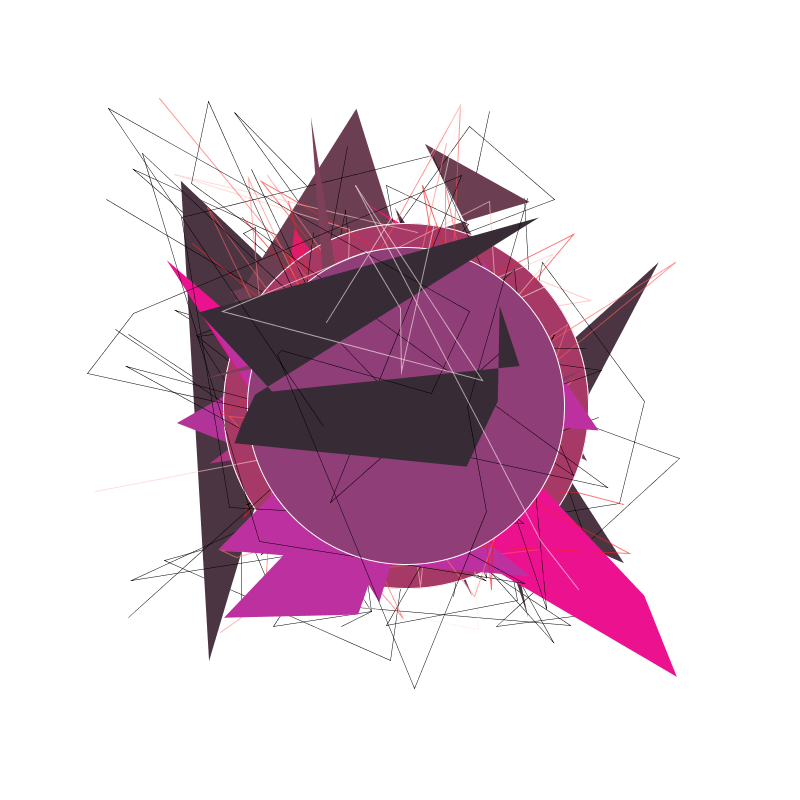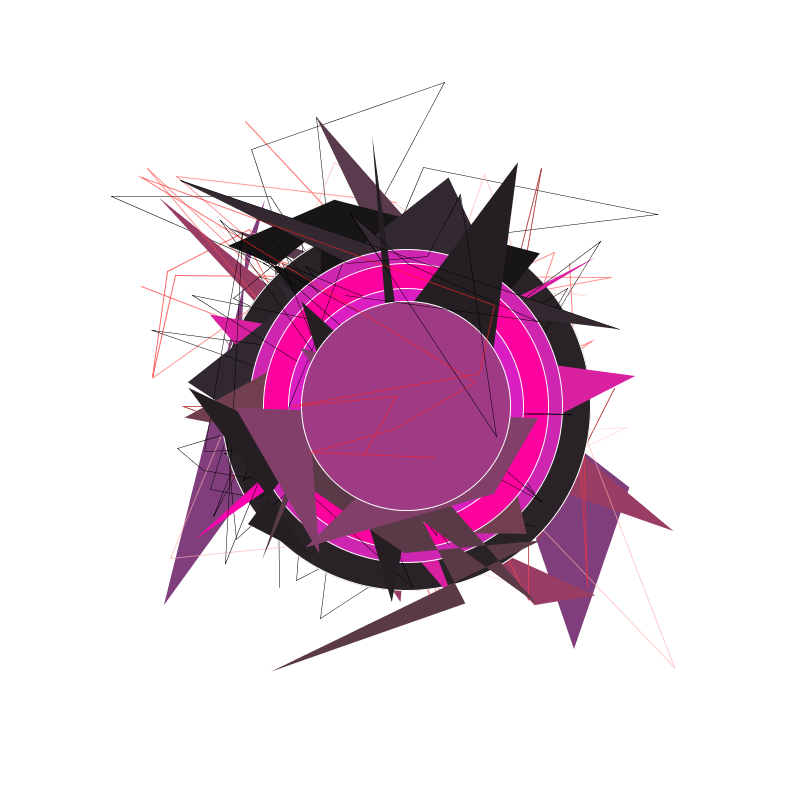This week we discussed the notion of Augmentations within Computational Art.
The piece that stood out to me the most this week was the Emissaries series by Ian Cheng. It has been described by Cheng as “a video game that plays itself,” - the works are comprised of computer-generated simulations that create self-contained ecosystems full of characters and wildlife. It consists of three scenes that are set thousands of years apart, with no definitive beginning or end. The open-ended nature of the narratives is constructed to be a commentary on the real world - It is an ongoing process, in the same way that real life is an ongoing process. It is presented as a large-scale installation, transforming the gallery into a portal-like environment containing each respective scene. The scale of the projections allows each simulation to unfold at life-size, positioning viewers as spectators who follow the lives of specific characters as they interact within the simulated worlds.
Emissaries is a trilogy of simulations about cognitive evolution, past and future, and the ecological conditions that shape it. It is composed of three interconnected episodes, each centred on the life of an emissary who is caught between unravelling old realities and emerging weird ones.
I was particularly interested when Cheng mentioned that his main inspiration behind the piece was the work of Studio Ghibli. In films such as Spirited Away and Ponyo, nature and culture are depicted with an intense level of specificity – none of the textures or characters feels repetitive. This is a detail that can be easily missed within computer animation, as it is easy to replicate and copy/paste various aspects of detail. The goal of emissaries is to make everything unique in the same way that nature is unique; Cheng also avoided depicting human habitation and architecture as it has a certain deterministic quality.
References:
https://www.youtube.com/watch?v=TO6Luilc4Bo&ab_channel=LouisianaChannel
http://iancheng.com/
https://www.moma.org/calendar/exhibitions/3656
https://www.serpentinegalleries.org/whats-on/ian-cheng-emissaries/





